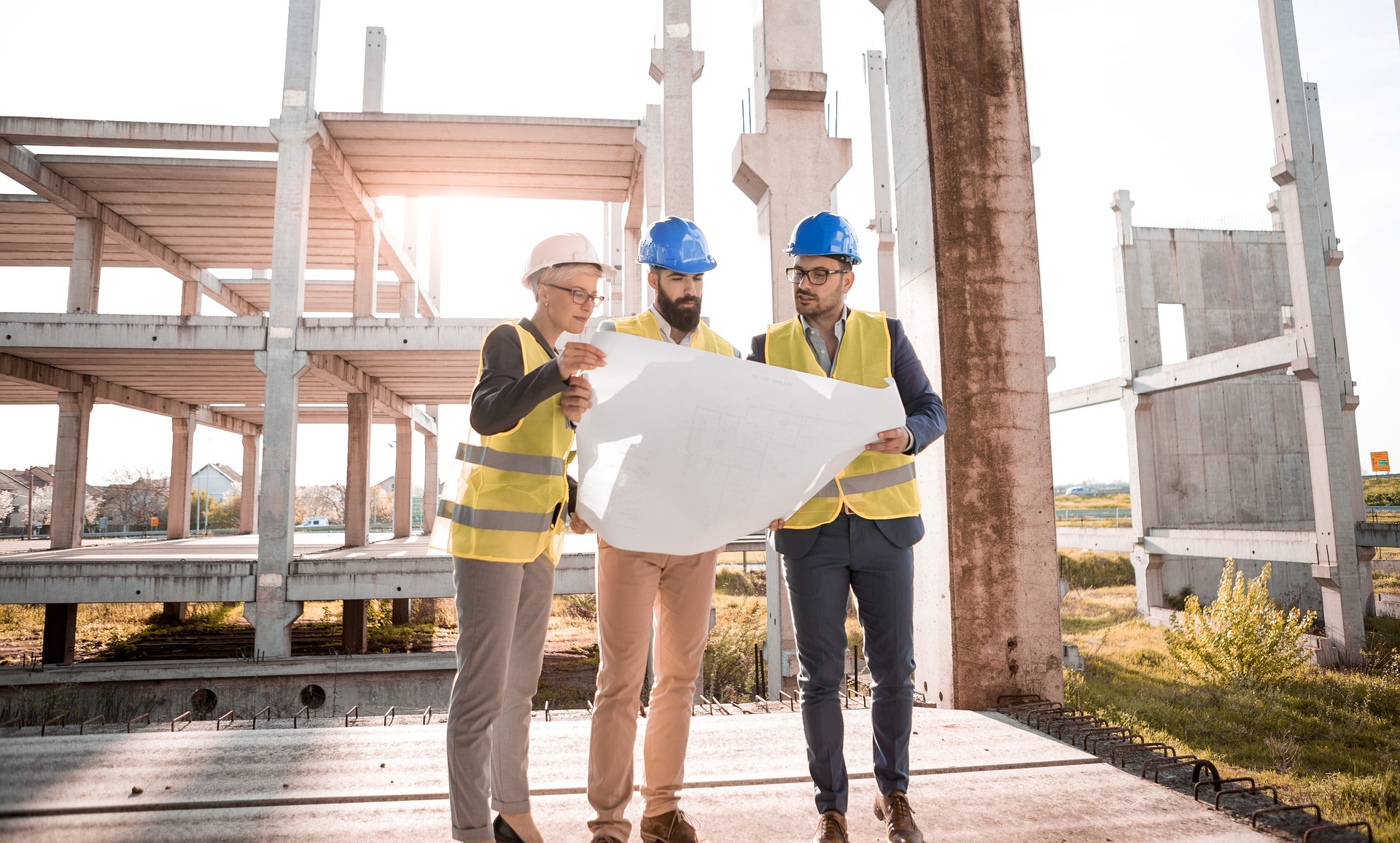Construction sites are dynamic and fast-paced environments where workers perform a variety of tasks using heavy equipment, tools, and materials. This can create a range of hazards and risks that can compromise the health and safety of workers and others. Health and safety management is therefore essential in construction to identify and mitigate risks, prevent accidents and injuries, and promote safe working practices.
Health and safety management in construction involves identifying and managing hazards and risks in the construction workplace to ensure that workers and others are safe from harm. This process includes the development and implementation of policies, procedures, and programs that are designed to protect workers from accidents, injuries, and illnesses, as well as to promote a culture of safety within the organization.
Effective health and safety management in construction involves the following key components:
- Hazard identification:
Identifying potential hazards and risks is the first step in managing health and safety in construction. Hazards can be physical, chemical, biological, ergonomic, or psychological in nature, and they can arise from various sources, such as equipment, tools, materials, work practices, or environmental factors. Risk assessments are used to identify hazards and assess their likelihood and potential consequences. - Risk assessment and management:
Once hazards have been identified, the next step is to assess the level of risk associated with each hazard and develop appropriate risk management strategies. This may involve eliminating the hazard, substituting it with a less hazardous alternative, implementing engineering controls, administrative controls, or personal protective equipment (PPE), or a combination of these measures. - Training and education:
Providing workers with the necessary training and education is crucial to ensure that they are aware of the hazards and risks associated with their work and can take appropriate steps to protect themselves and others. This includes training on the safe use of equipment, tools, and materials, as well as on emergency procedures and the proper use of PPE. - Incident reporting and investigation:
Prompt reporting and investigation of incidents, accidents, and near-misses is essential to identify the root causes of incidents and develop effective corrective actions to prevent similar incidents from occurring in the future. Incident reporting also allows organizations to track and analyse trends and identify areas for improvement. - Continuous improvement:
Health and safety management in construction is an ongoing process that requires regular review and improvement. This may involve revising policies and procedures, updating risk assessments, introducing new control measures, or conducting additional training and education to address emerging risks and changing circumstances.
Why is health and safety management important in construction?
- Construction is one of the most hazardous industries, with a high rate of accidents, injuries, and fatalities. Health and safety management is important in construction because it helps to:
- Protect workers and others from harm
- Ensure compliance with legal and regulatory requirements
- Reduce the risk of accidents, injuries, and illnesses
- Improve productivity and quality of work
- Enhance the reputation of the organisation
- Reduce costs associated with accidents, injuries, and illnesses, such as workers’ compensation, insurance premiums, and legal fees
Conclusion
Health and safety management is an essential aspect of construction management, as it helps to identify, assess, and control hazards and risks in the workplace, and promote a culture of safety within the organisation. By implementing effective health and safety management practices, construction organisations can protect their workers and others from harm, ensure compliance with legal and regulatory requirements, and enhance their reputation as a responsible and safe employer.
